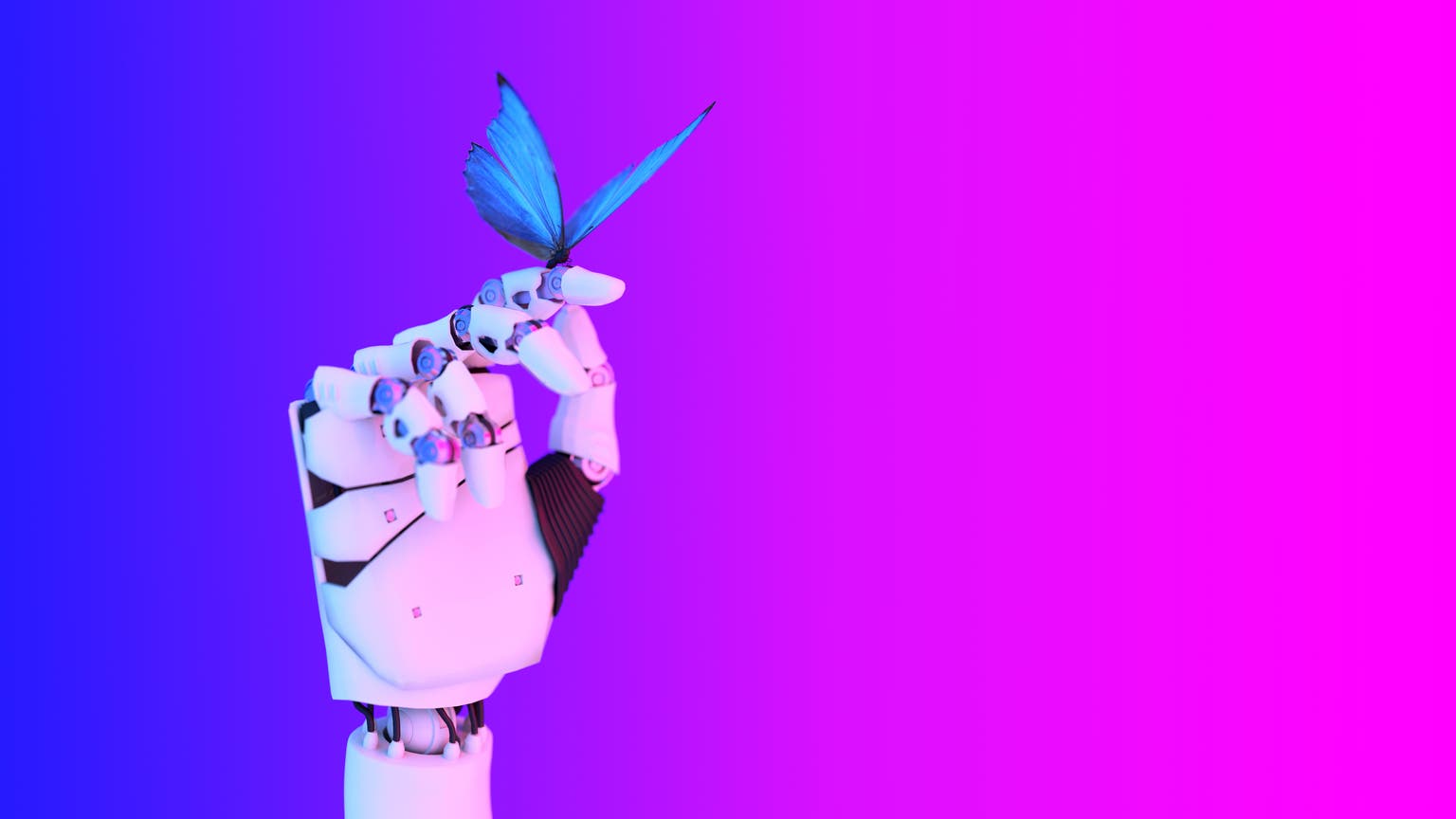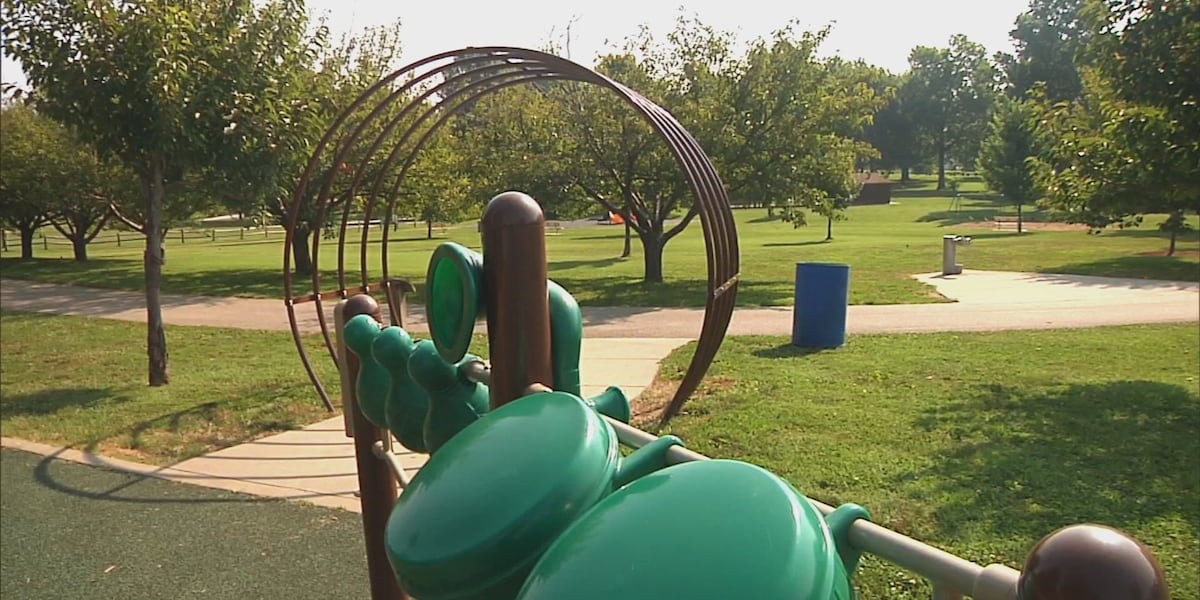Inspired by Nature: How Biomimicry is Revolutionising Kiwi Tech and Beyond

New Zealand's tech scene, and the global landscape, is undergoing a fascinating transformation. It’s a shift driven by a powerful concept: biomimicry – learning from nature's ingenious designs to solve human challenges. Forget clunky, inefficient machines; the future of technology is leaning heavily on the wisdom of the natural world.
At the forefront of this movement is Clone, a cutting-edge robotics company with a unique footprint spanning Poland and California. Leading the charge is Wiktoria Kruk, Vice President of Biomechanics & Design, who’s expertly weaving together art, biology, and engineering to create a new wave of innovation. But what exactly *is* biomimicry, and why is it so important?
Nature's Blueprint: A History of Biomimicry
The idea of looking to nature for inspiration isn’t entirely new. Throughout history, humans have observed and adapted natural phenomena. Think of Velcro, inspired by burrs sticking to clothing, or the streamlined shape of airplanes mirroring the efficient flight of birds. However, biomimicry as a formal, interdisciplinary field has gained significant traction in recent decades, fuelled by advancements in science and technology.
Clone and the Biomimicry Revolution
Clone’s approach exemplifies this new era. Kruk and her team aren't just copying nature's forms; they’re deeply understanding the *principles* behind them. They’re studying how plants optimise sunlight capture, how insects build incredibly strong structures with minimal material, and how animals move with remarkable agility and efficiency. This understanding then informs the design of their robots, making them lighter, stronger, more adaptable, and ultimately, more effective.
“We’re not trying to build robots that *look* like animals,” Kruk explains. “We’re trying to understand *how* animals do what they do, and then apply those principles to our designs.” This subtle but crucial distinction highlights the depth of Clone’s biomimicry approach.
Beyond Robotics: The Broader Impact of Biomimicry
The potential of biomimicry extends far beyond robotics. Architects are drawing inspiration from termite mounds to design energy-efficient buildings. Materials scientists are mimicking the self-healing properties of human skin to create more durable and sustainable materials. Engineers are studying the intricate structures of coral reefs to develop more resilient infrastructure.
Here in New Zealand, with our unique biodiversity and a growing focus on sustainable innovation, biomimicry holds immense promise. Imagine harnessing the principles of kauri tree root systems to improve water management, or mimicking the efficient filtration systems of native wetlands to purify water resources. The possibilities are truly exciting.
The Future is Inspired by Nature
Biomimicry isn’t just a trend; it’s a fundamental shift in how we approach innovation. By embracing nature’s wisdom, we can create technologies that are not only more efficient and effective but also more sustainable and harmonious with the environment. As Clone and other pioneering companies demonstrate, the future of technology is inextricably linked to the natural world – a future where innovation is inspired by, and respectful of, the planet that sustains us.






